|
Ros
Davies' Co.
Down, Northern Ireland Family History Research Site
© Rosalind Davies 2001 Permission granted to reprint research for non-profit use only |
Hillsborough Parish
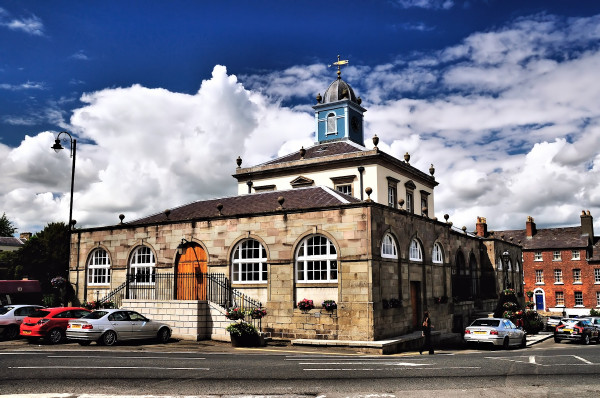 |
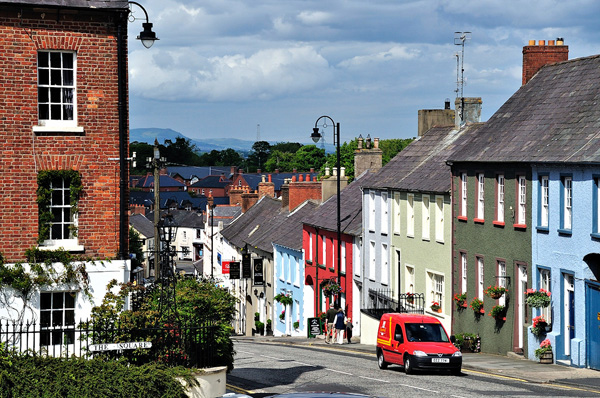 |
|
These photos were kindly sent by Bill
Haggan
|
|
|
The earliest settlement in the Hillsborough area was Fox Fort ,home of the Magennis Clan. Later the Normans built a fort just north of the town at Crommelyn. In 1611 Sir Moyses Hill, an Englishman, bought local land from the Magennis's and his son Peter began the development of the townin 1636. He built a fort, a church and some houses. These were destroyed in the 1641 Rebellion but rebuilt by Col. Arthur Hill around 1652. Wills Hill developed Hillsborough to its present form in 1742. (ODHD p3) This photo on the left shows the market square with the Courthouse, which was probably built around 1780 to replace an even older building. Court was held every Wednesday by 2 magistrates and a seneschal; they heard cases of breaches of the peace & debt. They were empowered to commit people to prison for 3 months only or to fine of £5. The Sessions were held quarterly by a barrister who was empowered to try cases liable to transportation for 7 years. Court leet money was paid at the following rates, 8 pence to every landholder & 4 pence to every cottier. In 1831 there was 1 physician & 2 surgeons, 1 brewer,2 haberdashers, 3 milliners, 11 grocers, 5 grocers & spirit dealers, 1 sadllier, 1 farrier, 3 tailors, 3 shoemakers, 1 hotel keeper, 20 spirit dealers, 1 baker, a cabinet maker, 4 carpenters, 1 blacksmith, 2 nailers, 4 masons, 2 butchers and 1 'female quack' . Farms then were from 5-24 acres; rent was 38-30 shillings an acre and there were 2 mills. In 1836 the town had one public dispensary and three private doctors;200 patients had fever with 175 cured; 25 cases of consumption (TB) with 18 cured;50 patient with Rheumatism, 50 cured; 300 patients with dyspepsia, 300 cured. Fair were held every quarter and markets every Wednesday.Hillsborough Castle which plays a large part in the life of the town is just to the west side of the demesne adjoining the town. The town was originally called Crumlin but change its name to represent the Hill family.It was founded by the Downshire family in the reign of King James 1st and a Royal charter given in 1663. The old fort was built on the east side of town for the encouragement and security of an English plantation. There were several charitable organisations in the town then. The Clothing Society was established in 1821 and members paid 1 penny per week so that clothing could be distributed to the poor. The Hillsborough Charitable Society, established in 1836, was to provide lodging, food and clothing for the aged and destitute, to give relief at their own houses so as to discourage travelling mendicants. The committee met every Wednesday at 10 o'clock to review applications for assistance.Two people were appointed to each townland as visitors to the poor and whose duty it was to collect voluntary subscriptions from the other townland inhabitants. The Poor House which gave relief to the poor. The Savings Bank which enabled "working class people to amass the fruits of their industry". Hillsborough dispensary established for the relief of mental and bodily diseases. The houses in the town were described
as mainly one-storey cottages built with stone, thatched roofs and glass
windows. The inhabitants are described as being cleaner than neighbouring
places. In 1836 there was a Church of Ireland,
a Presbyterian and Quaker meeting house. The proprietor of the
townland was Lord Downshire whose agent was Mr Reilly . In 1846 the
population of the parish was 6474 with those in the town being 1338.
By 1852 , it was 1390 people (POD) In 1886 there was a weaving factory
in town. The population in 1910 was 671 people. Newspaper articles from Northern Star; Newspaper articles from North Herald; Newspaper artcils from Down Recorder; Newspaper article from Newtownards Chronicle; |
|
| References;NS; V12 p 82, 85, 86, 87, 87, 93, 99, 105 OSM: DR: HMNI p111,112; NC; ODHD p3,28-39; POD | |
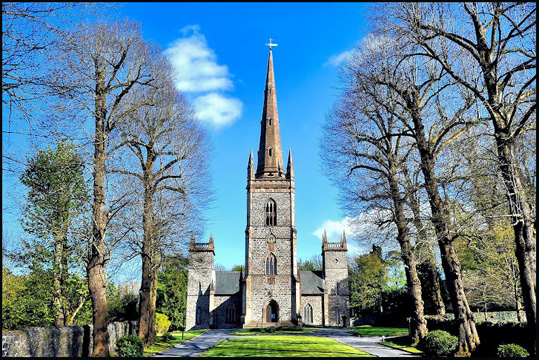 |
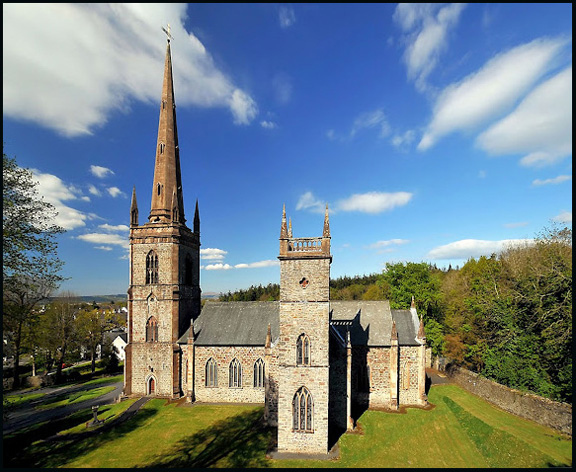 |
|
These lovely photos were kindly sent by
Bill Haggan
|
|
|
The parish church of Hillsborough is clearly
the focal point of the area. It is a most magnificent church, thanks
to Hill family patronage over many centuries. However, although it is
the oldest church in the district, it is not medieval, the foundation
dating only from 1662. The only ecclesiastical ruin in the three parishes
with any pretensions to antiquity is the 'Chapel of Cromlyn' in the
grounds of Hillsborough Castle. The chapel was dedicated to St. Malachy
and was attached to the church of Drumbo at the time of the taxation
of Pope Nicholas (1306). It was a ruin in 1622 and is also mentioned
in a visitation of 1633. The site continued to be used as a burial ground
until the enclosure of Hillsborough demesne prevented this. A church
was built in 1663. On 6 January 1839 an ancient willow beside the chapel
blew down, revealing several human bones as evidence for a burying ground
and a habit-clad skeleton, clutching a silver chalice, leads us to suspect
that an earlier ecclesiastical establishment existed in this area. The new church was built by Arthur Hill, Peter's
brother and it flourished for over 100 years until Wills Hill, first
Marquis of Downshire decided to enlarge and rebuild it to the present
size. St. Malachy's was rebuilt between 1760-74 and was paid for by Wills Hill, 1st Marquis of Downshire. The original 17th century church was invery bad repair and the new church, although large, used some of the old foundations. The architects for the spire c. 1770 was James & David McBlain. The church is on the east side of Hillsborough and is of Gothic architecture. In 1836 it was described was 111 feet by 90 feet in a cruciform shape with projections. It is built of whinstone, corniced and buttressed with freestone. The spire,which is lofty, is also made of freestone. The inside of the church is handsomely fitted up with pews and there is a small gallery for the organ and choir. The windows are of stained glass. It holds 600 people with an average attendance then of 500. The church was finished and opened for divine service in August 1773. There is a clock and a peal of 8 bells in the tower. The rector in 1824 was Very Rev. Robert Alexander; the curate Rev Mr. Hill; the organist Mr. James Stephenson & parish clerk, Alexander McConnell & in 1836 , the rector was Rev. Mr. Lett. In 1846 & 1852 the rector was Rev. Walter E.Mant with the curate, Rev. Evan Davis. In 1910 the rector was Rev. Canon Kernon with curate Rev. F.J. Bannan . Inside the church are several monuments. One to Rev. John Dickson, Archdeacon of Down who died 1814 aged 65; another to Henrietta, youngest daughter of Francis Hartwell Esq. who died in 1814 aged 22; another to Rev. John Leaths who died 1737 aged 79; another in Latin to Henry Leslie who died 1774. The monument at the front of the photo was erected by public subscription in 1920/1 and commemorates those fallen in the 1st World War. This photo was taken around 1930. Newspaper articles from Down
Recorder; Records available; baptisms from 1777, marriages from 1782; graveyard attached; gravestones Vol 18 UHF, oldest stone 1686; email me for a gravestone look-up; graveyard on Culcavy Hill; for gravestone photos try http://www.igp-web.com/IGPArchives/ire/down/photos/tombstones/markers.htm |
| References;V12 p 86,87,89, 90 OSM: MS WAG p 13; GIC: GIPR; V18 MIs; POD |
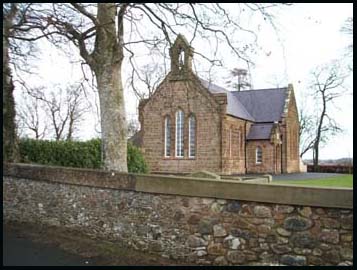 |
|
|||
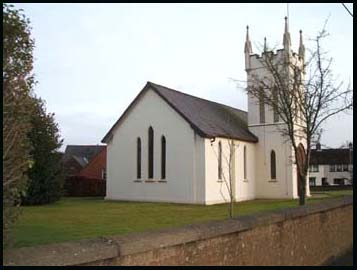 |
|
|||
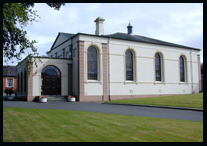 |
|
|||
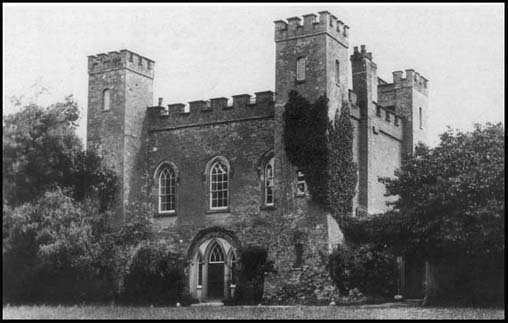 |
|
|||
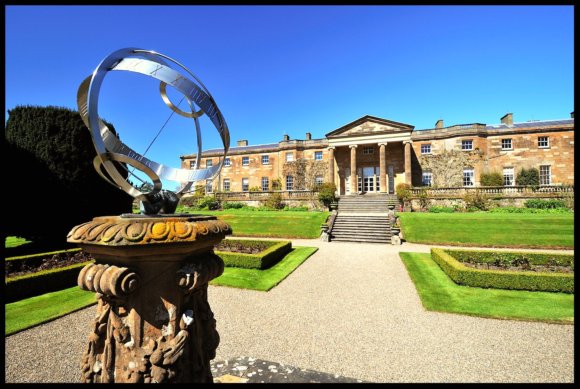 |
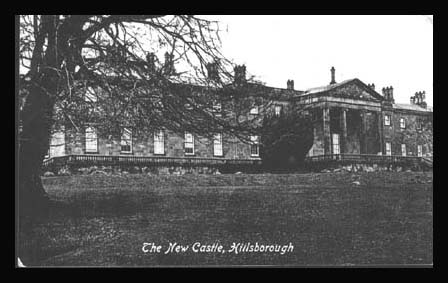 |
| This photo was kindly sent by Bill Haggan | This old postcard was kindly sent to me by Jeff Hampton & dates from c. 1900 |
|
Hillsborough Castle was planned by the 1st Marquis of Downshire, Wills Hill, but was not completed until 1797, four years after his death. It is situated in the demesne a little to the west of the Court House and is described as a pleasant if not imposing,two-storey, rather rambling, ashlar mansion-house. It is beautifully wooded and the walks tastefully laid out. The garden is extensive and in it greenhouses, hothouses and a pinery. The castle was improved and augmented in the mid 19th century and was bought by the government in 1924 to to used as the the official royal residence in Northern Ireland and the official residence of the governor of Northern Ireland. It still hosts official receptions and is not open to the public. The most notable exterior feature is the elaborate wrought-iron gates dating from 1745 and built by Cornish immigrants. Newspaper articles from Down Recorder; |
|
| References;V12 p 86, 95, 96 OSM: MSWAG p 14; DR | |
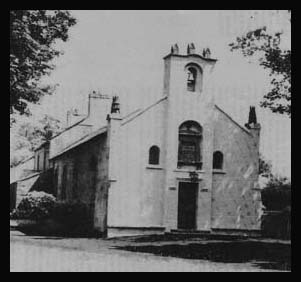 |
|
|||
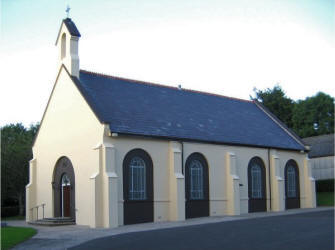 |
|
|||
by Ros Davies